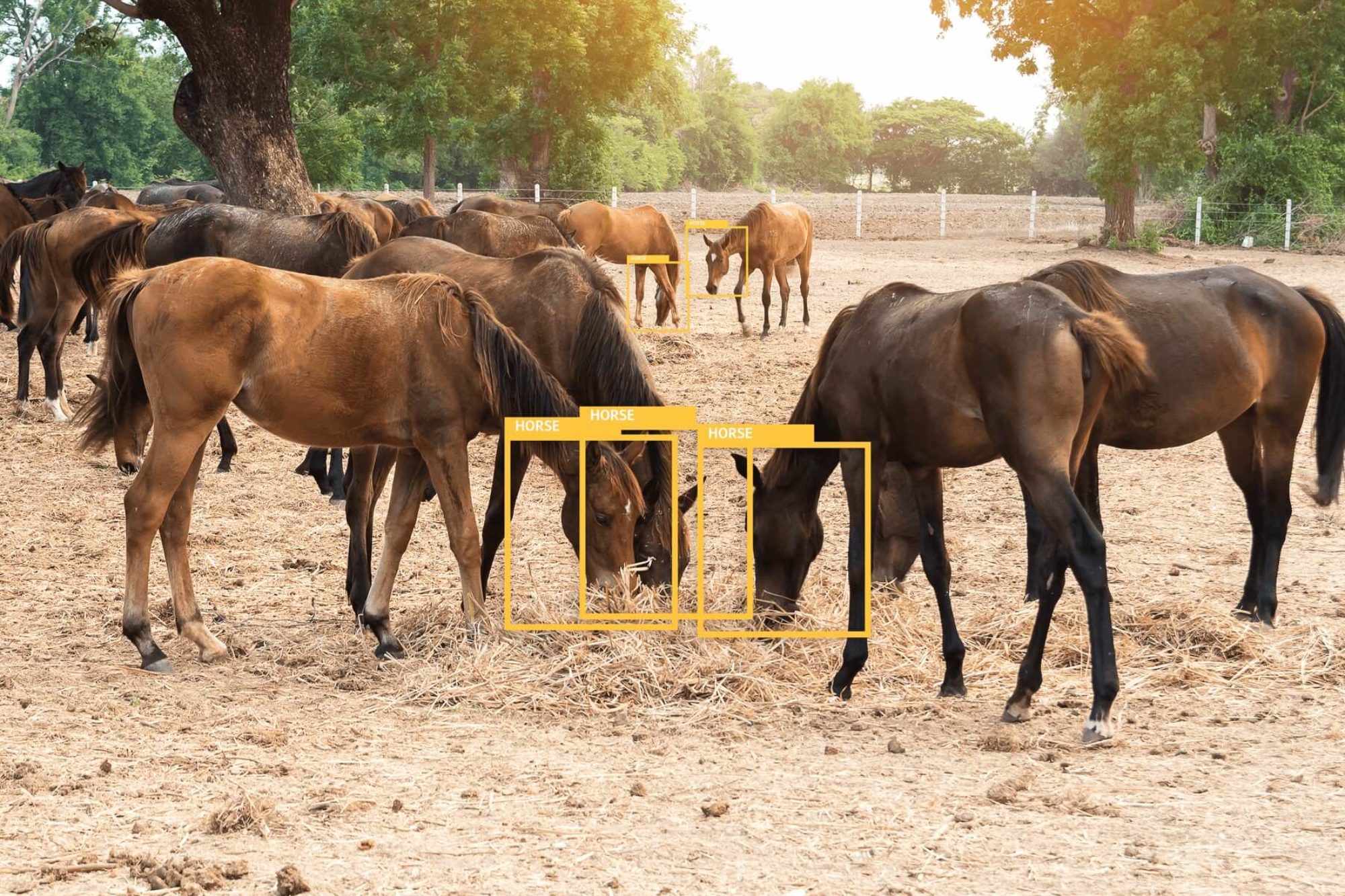Using technology to fight the illegal wildlife trade
Posted 27 Feb 2019
The trade of illegal animal products is valued at £17 billion per year, and sits fourth as the most lucrative crime after drugs, weapons and human trafficking. The statistics on the plight of wildlife are well documented, and from tiger bones used in traditional medicines to ivory jewellery as an indicator of wealth, there is still growing demand for endangered animal products.
In an industry driven by the need of conservation bodies and, to an extent, animals that need protection from criminal organisations profiting from their trafficking, using technology to combat conservation challenges is gaining support. Not only to protect animals while crimes are happening, but to prevent them too.
Last year’s Illegal Wildlife Trade Conference organised by the Foreign and Commonwealth Office (FCO) brought together a number of organisations including Digital Catapult, the Zoological Society of London (ZSL), United For Wildlife, The Royal Foundation, Google, Microsoft and the Satellite Applications Catapult, to look at how expertise in varying fields could aid in the adoption of technology in three key areas.
- In the field: Stopping poachers killing endangered animals
- At borders: Vast numbers of illegal wildlife products pass through customs every day
- Online: Sellers use social media and parts of the dark web to create a marketplace for illegal wildlife products.
What barriers exist to integrate technology into conservation?
- Costs in developing countries where the bulk of endangered and at risk animals live.
- Infrastructure in developing countries may need an up haul to accommodate the latest high end technology
- A lack of awareness amongst innovators, that their offerings, solutions or services can have a big impact on the IWT.
The great thing about technology is that it can pivot. A car park sensor can be used to recognise the number of rhinos in a protected area, and social media facial recognition technology has recently been put to good use in tracking chimpanzees that are being sold online. The key here is for more education on what types of technology can plug into current challenges.
Innovations in future networks technologies and artificial intelligence complement a number of solutions that are already in place. Camera traps exist in animal habitats which, using smart sensors, turn on and capture images of animals of interest for researchers and conservationists. This data can be used to train algorithms that recognise animal species. Although useful in the field, this technology could be applied at border control to recognise if live animals passing through customs should be there or not or recognising animal products that are illegal. There is already research being done on algorithms learning to recognise text which could aid in verifying paperwork for the transportation of animals between countries. There is an opportunity to encourage conversations where the conservation community and those already working in the space can articulate where their challenges might need support to be robust enough to make real impact.
In January this year The WILDLABS Tech Hub (WTH) was developed alongside Digital Catapult, the FCO, WILDLABS, Satellite Applications Catapult and United for Wildlife to support existing solutions combating the illegal wildlife trade to get the support needed for deployment into the field and helping to address any barriers to the scaling of the solution or technology. The programme looks to make use of the technical expertise that exists within the Catapults and across their wide-ranging network of UK startups and scaleups, and give these companies the opportunity to apply their technologies to unique business cases.
Over the next four months the WTH will be the platform to provide the impetus for other solution providers to explore how their technology can be used in the conservation space and if successful could be the pilot to encourage more funding into R&D, creating an ecosystem that offers not just a viable business model but could have a global impact on preserving animals for the future.